Cherries are a sweet and refreshing fruit that many people enjoy, but are they safe for dogs? While the flesh of a cherry is not highly toxic, the pits, stems, and leaves contain cyanogenic glycosides, which can turn into cyanide when ingested. This makes cherries a potentially dangerous food for dogs. This article will explore the risks of cherry toxicity, symptoms to watch for, treatments, and how to prevent your dog from eating cherries.
Are Cherries Safe for Dogs?
While a small amount of cherry flesh is unlikely to cause harm, the risks outweigh the benefits. The dangers of cherries include:
Cyanide Poisoning: The pits, leaves, and stems contain cyanogenic compounds that can turn into cyanide, which is toxic to dogs.
Choking Hazard: Cherry pits are hard and can become lodged in a dog’s throat or digestive tract, leading to choking or an intestinal blockage.
Digestive Upset: Even if the pit is removed, the high sugar content in cherries can cause gastrointestinal issues like diarrhea and stomach upset.
How Many Cherries Are Toxic to Dogs?
The level of toxicity depends on a dog's size, the number of cherries consumed, and whether they ate the pits, stems, or leaves.
A single cherry (without the pit) is unlikely to cause harm.
A few whole cherries (with pits, stems, or leaves) can be dangerous, especially for small dogs.
Larger quantities significantly increase the risk of cyanide poisoning and digestive obstruction.
Symptoms of Cherry Poisoning in Dogs
If your dog eats cherries—especially with the pit, stem, or leaves—watch for the following signs of toxicity:
Difficulty breathing (a sign of cyanide poisoning)
Bright red gums (a symptom of cyanide reducing oxygen in the blood)
Dilated pupils
Lethargy or weakness
Vomiting and diarrhea
Loss of appetite
Excessive drooling
Incoordination or staggering
Seizures (in severe cases)
Symptoms of cyanide poisoning can appear within a few hours of ingestion and may progress rapidly, so immediate action is essential.
Immediate Actions If Your Dog Eats Cherries
If you suspect that your dog has ingested cherries, follow these steps:
Assess the Situation: Determine how many cherries were eaten and whether the pits, stems, or leaves were ingested.
Monitor for Symptoms: Watch for any signs of distress, breathing difficulties, or digestive upset.
Call Your Veterinarian Immediately: Provide details on the number of cherries consumed and your dog’s size.
Do Not Induce Vomiting Without Veterinary Advice: Some cases may require specific treatment rather than inducing vomiting.
Seek Emergency Care If Symptoms Worsen: Cyanide poisoning progresses quickly, so if your dog exhibits severe symptoms, head to the vet immediately.
Veterinary Treatment for Cherry Poisoning
Treatment for cherry toxicity depends on the severity of the symptoms and how much was ingested. Veterinary care may include:
Induced Vomiting: If the cherries were recently eaten, the vet may induce vomiting to remove the toxins.
Activated Charcoal: This helps absorb toxins before they enter the bloodstream.
Oxygen Therapy: If cyanide poisoning has occurred, oxygen supplementation may be needed.
IV Fluids and Medications: To support hydration and manage symptoms like vomiting or tremors.
Surgical Intervention: If a cherry pit causes an intestinal blockage, surgery may be required.
Preventing Cherry Poisoning in Dogs
Prevention is key to keeping your dog safe from cherry toxicity. Follow these steps:
Do not give whole cherries to your dog. Always remove the pit, stem, and leaves if you offer cherry flesh (though alternatives are safer).
Keep cherries and cherry-containing foods out of reach. Store them securely to prevent accidental ingestion.
Educate family members about the risks. Ensure children and guests know not to feed cherries to your dog.
Provide safer alternatives. If you want to give your dog fruit, opt for dog-friendly options like blueberries, apples (without seeds), or bananas.
Keeping Your Dog Safe from Cherries
While a small amount of cherry flesh may not harm your dog, the risks associated with the pits, stems, and leaves make cherries a dangerous food for pets. If your dog eats cherries, especially whole ones, contact your veterinarian immediately to ensure their safety.
Need Expert Pet Care? Contact Dan’s Pet Care Today!
At Dan’s Pet Care,care.com/contact-us we are committed to providing top-quality pet care and safety advice to keep your furry companion happy and healthy. Visit our website or reach out to us today for trusted pet care services and expert guidance!





